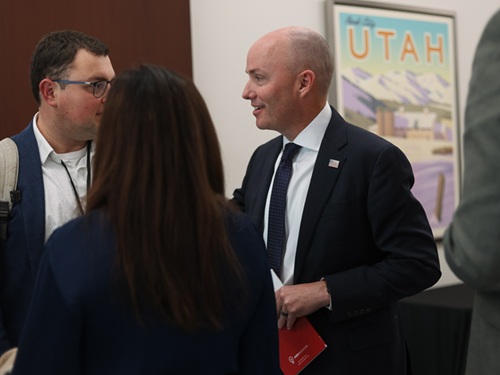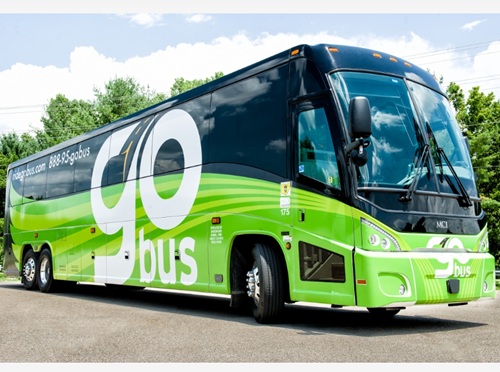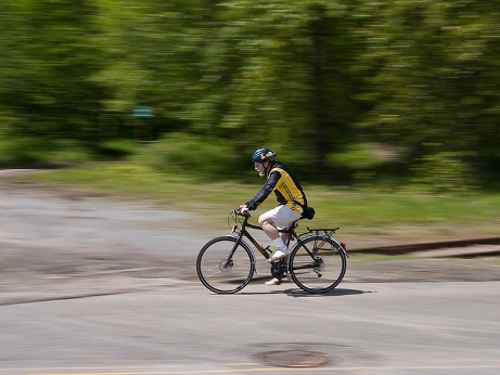The Washington State Department of Transportation recently unveiled its complete statewide active transportation plan to address what Governor Jay Inslee (D) called “multiple challenges” facing the state.
[Above photo by the WSDOT]
“We need a greener future for our children and grandchildren and walking and cycling represent the cleanest and greenest modes of travel,” said the governor said in a statement.

“We also need to make our system accessible for those people who can’t drive and who rely on walking or rolling to transit to get where they need to go,” Gov. Inslee added. “These multimodal journeys also contribute to our climate goals. I’m proud of our state for creating a bold plan to create safer and more accessible active transportation connections for all Washingtonians.”
WSDOT completed its plan with a two-part process, collecting public comment on part one in May and on its two final chapters this fall. The plan serves as a compass for charting the way toward a truly multimodal transportation system, the agency said.

“Active transportation plays an essential role in a fully multimodal transportation system,” noted Roger Millar, WSDOT’s secretary.
“Almost 30 percent of the trips we take each day are less than a mile in length, yet we often drive because there is no safe alternative,” he said. “We need to make it safer for people who are just trying to cross the street or ride their bike to school or work or to the store.”
Millar – who also serves as the 2021-2022 vice president for the American Association of State Highway and Transportation Officials – added that with this plan, his state is “pointing the way to where and how we could invest in the system that works for everyone, no matter how they get around.”
Key parts of the plan include:
- Assessment of the needs for accessible pedestrian and bicyclist facilities, highlighting safety concerns and providing the first-ever examination of state right-of-way and its suitability for active transportation.
- New metrics for tracking and reporting progress that emphasize the importance of complete and accessible walk/bike facilities and connections to transit and other modes.
- Calculations regarding the environmental, health and economic benefits to society when people shift trips from driving to walking or cycling.
- Construction of a “rational approach” to prioritizing safety and operational performance needs on state highways as part of the overall networks people use to reach their destinations to help guide future transportation investment plans.
- Incorporation of a “Safe System Approach,” which emphasizes using engineering approaches that acknowledge humans make mistakes and that crashes with greater impact force are more deadly, especially for vulnerable road users.
WSDOT said the plan notes that improvements for people walking, rolling, or cycling provide more information to drivers as well. It provides examples such as pedestrian-scale lighting and crossing visibility so drivers can see and stop in time.
It also includes designs that provide a “self-enforcing road” to help people drive at the appropriate speed for a place with a mix of destinations and people walking or cycling.
 States
States
Master Plan Map Completed for Utah Trail Network
October 31, 2025 States
States

